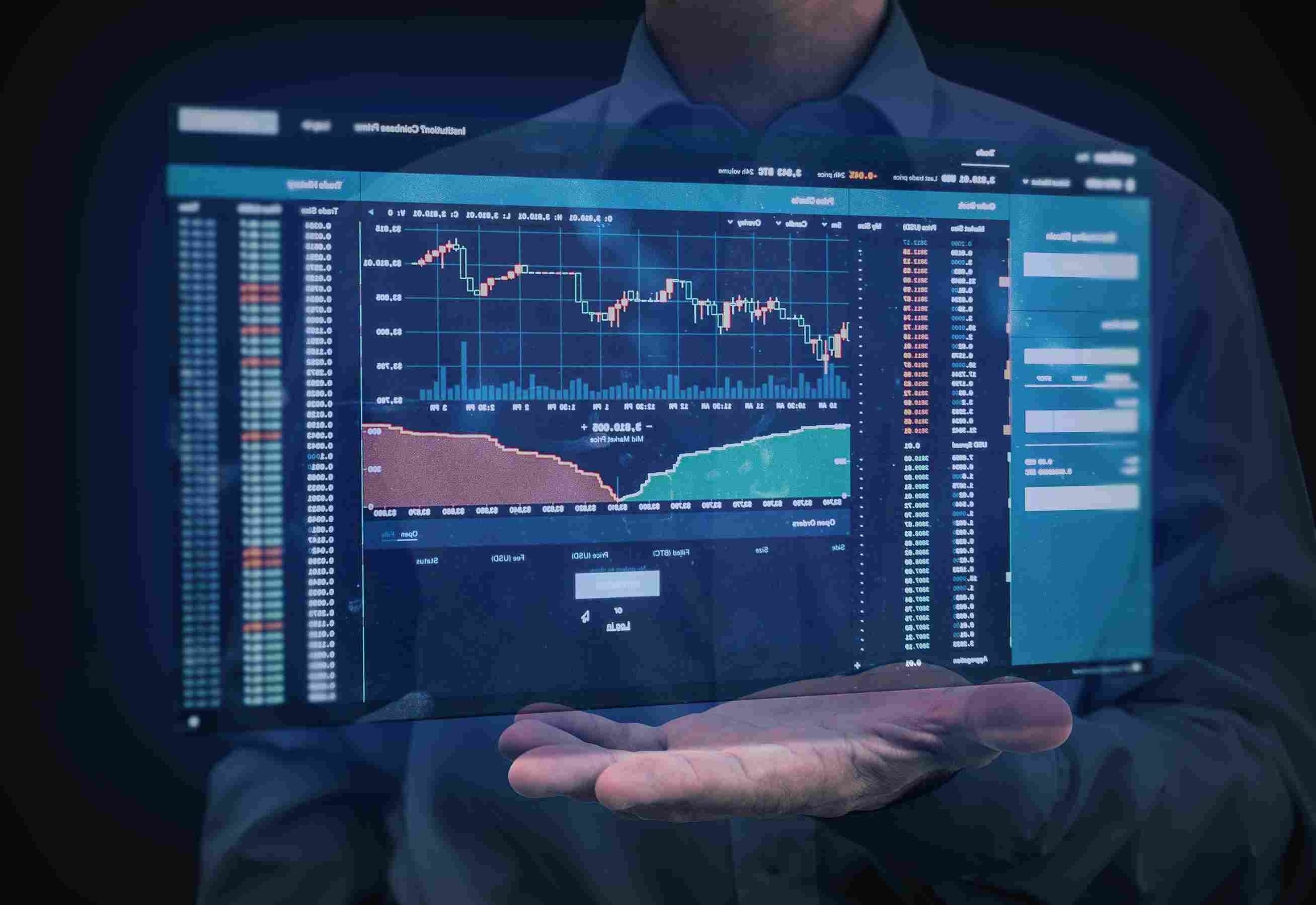We’ve talked about a lot of things so far. We started at the bare basics, discussed shares, and debt, saw the company’s funding cycle, and several other things. Now, let’s talk about the concept that we’ve been talking about all along: ‘The Share Market’.
As discussed earlier, the shares are no longer physically traded in a marketplace, although there are buildings for the stock exchanges. We get the shares in a Dematerialized (Demat) form which is credited into our Trading/Demat account which we have with our broker.
But what kind of a market is this?
It certainly is not a shop where you simply go, pay, and get the desired shares. It facilitates the exchange of shares by connecting the buyers with the sellers and ensures a smooth transaction between the duo.
What is the purpose of these exchanges?
Exchanges are, simply put, marketplaces where one can trade financial securities. Their main purpose is to connect sellers to buyers for an orderly trade carried out at an appropriate price. The platform they provide for investors enables them to trade the securities they desire at an adequate price. In the absence of an exchange, we won’t be able to buy or sell our desired securities at a price beneficial to both parties.
Commodity exchanges, on the other hand, serve a different purpose. No company stands to raise money from commodity derivatives, so what is the purpose of a commodity exchange? These exchanges serve a variety of purposes. Individuals like us who seek returns from our investments, give us a chance to diversify our portfolio (bag of investments) by investing in a new type of asset. They are also a means for profitable returns at lower margins, provide a hedge against inflation, and help cushion the effects of market fluctuations.
The following are some of the most well-known and important exchanges in India:-
- National Stock Exchange= Starting with the biggest, youngest, and most well-known stock exchange of India, the NSE was established in 1992 and was India’s first dematerialized stock exchange. It is credited with the launch of the famous NIFTY 50 index and is the largest derivatives exchange in the world. The NSE was also the first Indian exchange to introduce screen-based trading which is commonly used today.
- Bombay Stock Exchange= The BSE is not just India’s, but Asia’s oldest stock exchange which was established in 1875 by Mr. Premchand Roychand. It is also the fastest stock exchange in the world with a speed of 6 microseconds. The exchange operates the famous SENSEX index, which had been the benchmark of stock market performance before the establishment of NIFTY 50.
[Interestingly, NSE is used a lot more than BSE. BSE has well over 5,000 companies listed on it while the NSE has less than 2,000. So why is NSE a preferred exchange? The biggest reason is that the liquidity is significantly higher at NSE than at BSE. This means that selling your securities and converting them to cash is a lot easier and faster in the NSE. Moreover, the trading volume in the NSE is several times higher than that of the BSE.]
- Calcutta Stock Exchange= Some suggest the CSE is older than the BSE itself. This exchange followed the normal ‘open outcry’ method of trading we see in literary media today but turned to the Computer Trading method in 1997. It operates an index called the CSE 40.
- Metropolitan Stock Exchange of India= A lesser-known stock exchange, MSE was incorporated in 2008. It offers an electronic, transparent, and high-speed trading platform to investors and operates the SX40 index. Unlike NSE & BSE, this exchange is not permitted to offer Commodity derivatives.
Other than these 4, there are 3 other exchanges, but they do not trade shares, debt instruments, or equity derivatives. They trade exclusively in Commodity Derivatives:
- Multi Commodity Exchange of India= The MCX is India’s first listed exchange and the largest commodity exchange in our country. It was established in 2003 and provides derivatives contracts in several segments such as Metals, Agro products, Energy, and Bullion. It also operates a flagship index series called the MCX iCOMDEX.
- National Commodity and Derivatives Exchange= The NCDEX is one of India’s most prominent commodity exchanges. It began operations in 2003 and is India’s largest agricultural derivatives exchange, having a market share of 75% in agricultural derivatives.
- Indian Commodity Exchange= ICEX is another commodity exchange regulated by SEBI which began operations in 2017. The exchange is the first in the world to have introduced derivatives contracts for 1-carat diamonds. Currently, ICEX is fighting for its survival as it was almost de-recognized by SEBI for failing to maintain certain net worth and infrastructure requirements.
These are the main exchanges that are recognized by the Indian markets regulator SEBI. There used to be many exchanges in India earlier and most of them were regional. Every state had at least one stock exchange while some had multiple. However, after SEBI began enforcing norms to protect investors, these exchanges could not survive the higher requirements and ultimately collapsed. A staggering 28 stock exchanges have shut down so far!!











 1,499
1,499
